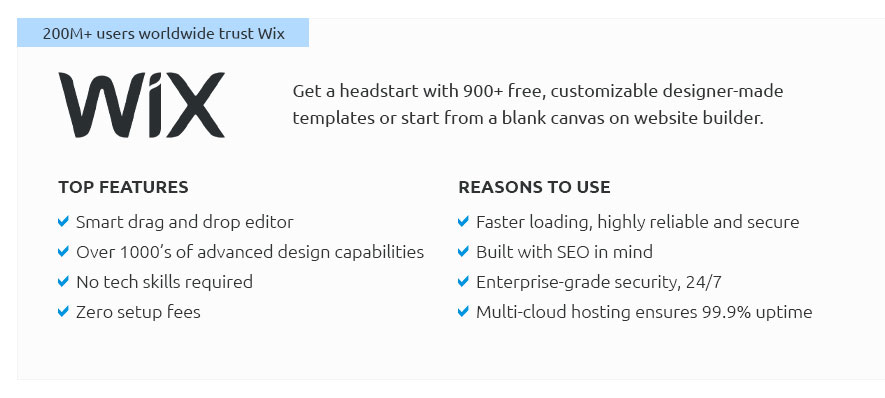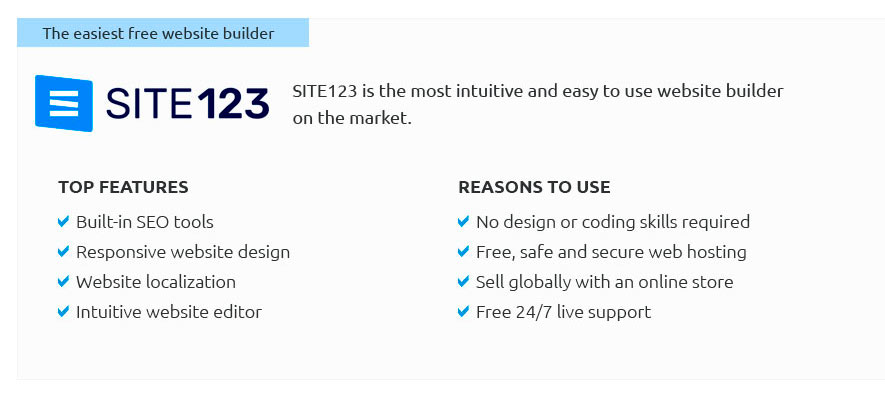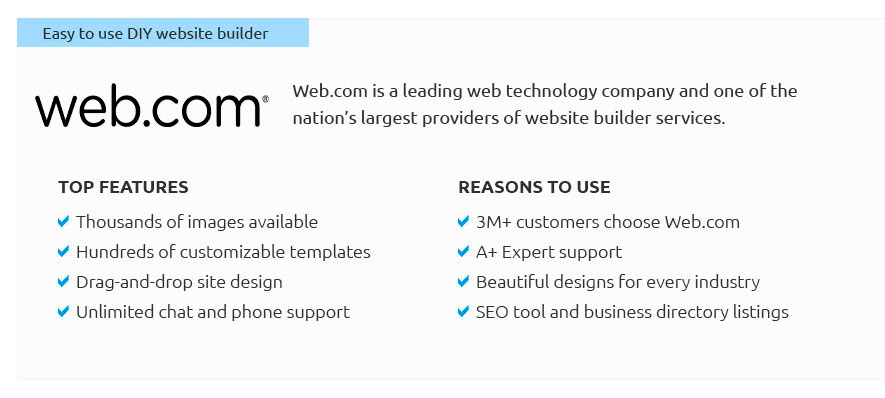 |
 |
 |
 |
|
 |
 |
 |
|
 |
|
 |
 |
|
 |
|
 |
|
 |
 |
How to Create a Business Website: A Comprehensive GuideIn today's digital age, having a robust online presence is no longer optional for businesses; it's an absolute necessity. Creating a business website, however, can seem like a daunting task, especially if you're not tech-savvy. Fear not, as this guide aims to demystify the process and provide you with a clear pathway to launching a successful online platform. While there are many aspects to consider, avoiding common mistakes can save you time, money, and unnecessary headaches. Understanding Your Needs: The first step in creating a business website is to clearly define what you want to achieve. Are you looking to sell products online, provide information about your services, or perhaps build a community around your brand? Your website's purpose will dictate its design and functionality. It's crucial to have a well-articulated vision before diving into the technicalities. Choosing the Right Platform: Selecting the appropriate website building platform is a pivotal decision. Popular options like WordPress, Shopify, and Wix each have their strengths and weaknesses. For instance, WordPress offers immense flexibility with its vast array of plugins and themes, making it ideal for those who anticipate scaling their site. On the other hand, Shopify shines for e-commerce with its user-friendly interface and dedicated support. A common mistake is opting for a platform based solely on popularity without considering if it aligns with your specific needs. Designing with the User in Mind: When it comes to design, simplicity is often the best approach. Visitors should be able to navigate your site intuitively without feeling overwhelmed by flashy graphics or excessive information. A clean, professional design not only enhances user experience but also boosts credibility. Ensure that your website is mobile-responsive as more users now access sites via smartphones than ever before. Neglecting mobile optimization is a mistake that can cost you dearly in terms of traffic and engagement. Content is King: The content on your site should be engaging, informative, and relevant to your audience. Invest time in crafting compelling copy and high-quality visuals that resonate with your brand's voice. Regularly updating your content not only helps in SEO but also keeps your audience engaged. Avoid the pitfall of creating content for the sake of it; instead, focus on adding genuine value to your visitors. SEO and Performance: Search Engine Optimization (SEO) is critical for driving organic traffic to your website. Utilize SEO best practices such as keyword research, meta tags, and quality backlinks to improve your site's visibility on search engines. Additionally, ensure your website loads quickly and efficiently, as slow load times can deter potential customers. Many overlook the importance of performance optimization, a mistake that can hinder user experience and search rankings. Security and Maintenance: Ensuring your website's security is paramount, especially if you're handling sensitive customer data. Implement SSL certificates and regularly update your software to protect against cyber threats. Scheduled maintenance is essential to keep your site running smoothly and to fix any bugs or glitches. Failing to prioritize security can lead to breaches that damage your reputation and customer trust.
Conclusion: Creating a business website involves careful planning and execution. By understanding your objectives, choosing the right tools, and avoiding common pitfalls, you can develop a site that not only serves your business needs but also provides a seamless experience for your users. Remember, a successful website is not a one-time project but a dynamic entity that requires continuous improvement and adaptation. https://www.wix.com/blog/how-to-make-business-website
How to make a business website in 10 steps - Pick a business website template - Choose a web host and domain name - Optimize for SEO - Focus on ... https://www.careervillage.org/questions/881782/how-to-create-website-for-my-business
To create a website for your business, start by identifying your target audience and understanding their needs and preferences. https://www.forbes.com/advisor/business/how-to-make-a-website-for-your-business/
I'll walk you through the steps I find work best when meeting with small businesses and helping them get online so you can build with confidence.
|